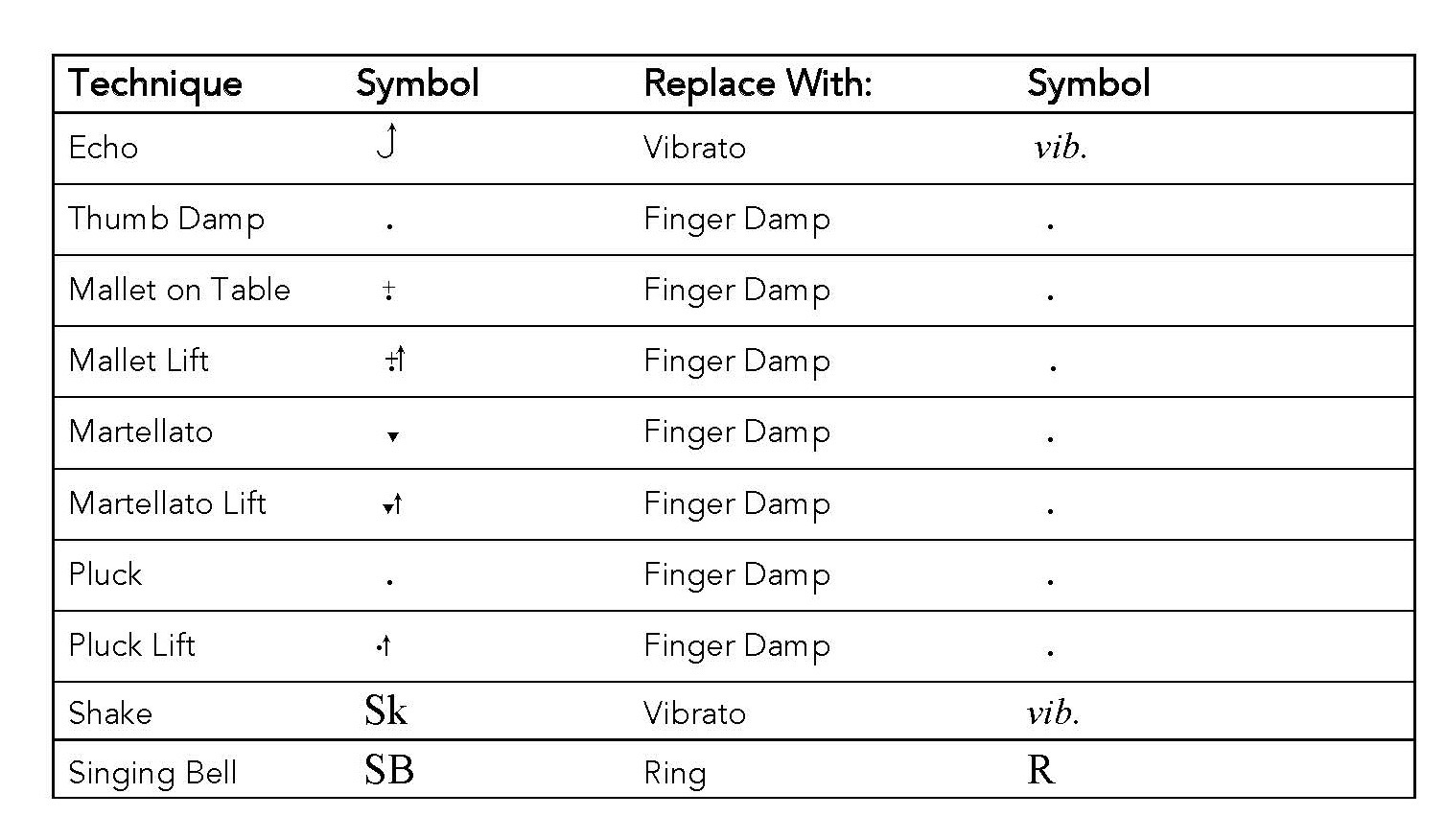
By now preparations are underway for your Winter Concert! ChimeWorks has some suggestions for easy to teach songs with handchime accompaniment that will bring your program ringing success.
During this busy time of the year, let us do the work for you! The lesson plans below are available for immediate purchase and download from ChimeWorks and include goals for NAfMe music standards, objectives and process for teaching in addition to the music score.
Check out the titles below that will have you shining in the silvery moon:
Alleluia by Mozart
This popular melody is taken form Mozart’s larger work, Exultate Jubilate.
- Use: Sacred, Secular
- Level: 3 – 6
- Type: Chords
- Chords: 4
- Canon: Yes
- Topic: Classical, Praise
- Language: Latin
- Origin: Germany
Alleluia Round
Alleluia Round is a traditional canon. Its origin is unknown.
- Use: Sacred, Secular
- Level: K – 2, 3 – 6
- Type: Ostinati
- Canon: Yes
- Topic: Classical, General, Praise
- Language: Latin
- Origin: Unknown
Dona Nobis Pacem
Dona Nobis Pacem is a traditional song in round or canon form. The text translates to Grant Us Peace and is taken from the Latin mass. While the source of this canon is unknown, it is believed to date from the 16th century.
- Use: Sacred, Secular
- Level: 3 – 6
- Type: Chords
- Chords: 3
- Canon: Yes
- Topic: Classical, Peace
- Language: Latin
- Origin: Europe
Gaudeamus Hodie
Gaudeamus Hodie translates to Let Us Rejoice Today!
- Use: Sacred, Secular
- Level: 3 – 6
- Type: Ostinati
- Canon: Yes
- Topic: Christmas, General, Praise
- Language: Latin
- Origin: Europe
Jubilate Deo
Jubilate Deo can be challenging as a six-part canon. Adding the ostinati will make it sparkle. The translation of the Latin is: O be joyful in the Lord.
- Use: Sacred, Secular
- Level: K – 2, 3 – 6
- Type: Ostinati
- Canon: Yes
- Topic: Classical, General, Praise
- Language: Latin
- Origin: Europe
Now We Say Farewell
Now We Say Farewell is a two-part canon (round) published in Chapel Gems for Sunday Schools published in 1866.
- Use: Secular
- Level: K – 2, 3 – 6
- Type: Chords
- Chords: 3
- Canon: Yes
- Topic: Farewell, Labor
- Language: English
- Origin: England
Ode To Joy
Ode To Joy was written by Ludwig van Beethoven and is part of the final movement of his Symphony No. 9.
- Level: 3 – 6
- Type: Chords
- Chords: 5
- Topic: Classical
- Language: English
- Origin: Germany
Rise Up O, Flame
Rise Up, O Flame is a traditional campfire song sung by Girl Scouts in North America.
- Use: Secular
- Level: K – 2, 3 – 6
- Type: Ostinati
- Canon: Yes
- Topic: Classical
- Language: English
- Origin: England
Sing Together
Sing Together is a folk song of unknown origin. It is a three-part canon or round.
- Use: Secular
- Level: K – 2, 3 – 6
- Type: Ostinati
- Canon: Yes
- Topic: General, Music
- Language: English
- Origin: Unknown
Welcome Every Guest
While the song, Welcome Every Guest, appears in Walker’s Southern Harmony published in 1847, it can found earlier in Brownson’s Select Harmony published in 1783. The reference to the Sacred Nine probably refers to the nine muses of Greek Mythology. This would be a wonderful opening to a concert program.
- Use: Secular
- Level: 3 – 6
- Type: Ostinati
- Topic: Music
- Language: English
- Origin: America
The above lesson plans are on the ChimeWorks website and available at the low price of $2.29 each. If you’re not already a member, log on for your two-week trial membership today!








 Slide the forefinger to the top area of the handchime and place the finger pad in the center of the tine slot and ring the chime.
Slide the forefinger to the top area of the handchime and place the finger pad in the center of the tine slot and ring the chime. 
